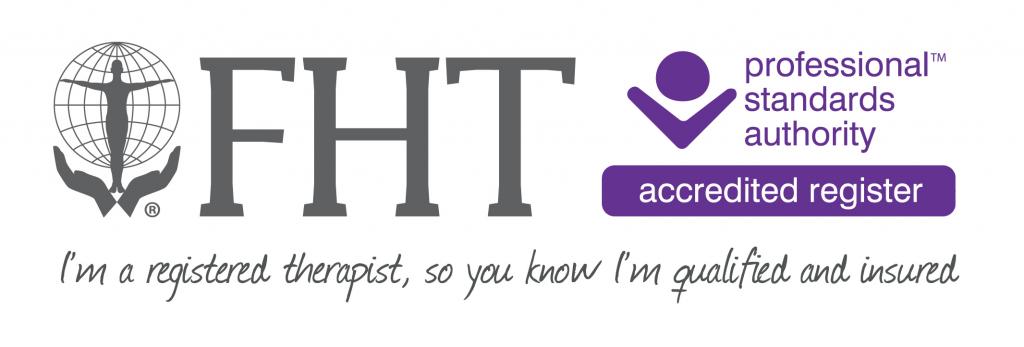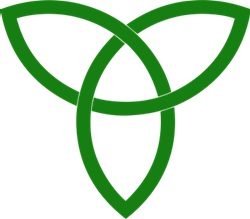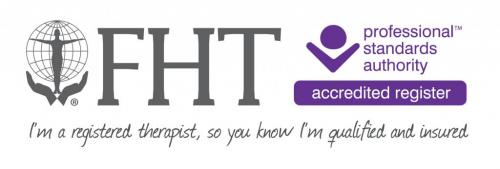
REFLEXOLOGY
INTRODUCTION:
What exactly is reflexology?
It is a non-invasive, safe pressure point therapy that aims to boost the body's natural healing meridian and energy systems to facilitate a state of homeostasis in the body. By bringing the body back into a state of balance and equilibrium, it is able to assist in the combating of stress and dis-ease for the person undertaking the treatment. This is done by gently palpating the feet over the reflex areas that correspond to the organs in the body.
THE BENEFITS OF REFLEXOLOGY:
Reflexology offers a wide range of benefits and clients often report an increased sense of well-being, relaxation and the real desire to want to make healthier, more positive changes in their health and lifestyle habits. I really believe this is in part from the act of taking time to look after yourself and to set time aside to self-nurture. This is an often overlooked part of modern life and yet so often it is when an illness or imbalance surfaces that remedial action needs to be taken rather than preventative action before the event.
Noticeable benefits of Reflexology include:
- Promotes relaxation
- Encourages the body to rest and recuperate
- Improves mood
- Aids sleep
- Relieves anxious tension and stress in the body
- Is a gentle way to promote relaxing bedtime routines with children in the family
The most basic human function is touch and yet in today's fast paced, busy lifestyle it's all too easy to overlook the need for regular human physical contact. Babies will suffer neglect and die if they aren't held as touching releases the hormone Oxytocin (the 'cuddle' hormone) and that makes us feel loved and cherished when we are supported and held.
Reflexology has the ability to promote basic hands-on human interaction and for some people this is enough to start the process of self-care and healing.
THE HISTORY OF REFLEXOLOGY:
Reflexology has its roots in ancient times and the oldest depiction of reflexology being administered was found in the tomb of the Egyptian physician, Ankmahor, around 2500 BCE. Ankmahor was a widely respected physician and such was his influence that he was second only to the Pharoah in his standing in the area. His tomb was found to contain many medically related paintings that indicated that reflexology was being administered at this time in history.
Since those early days, there have been various types of reflexology that have been practised around the world such as in the Far East, Africa and America. The various methods employed use different treatment lengths, different implements to administer the treatment to specific areas on the foot and also lighter and heavier pressure strokes depending on the condition being worked on at the time of treatment.
Native Americans were seen to be practising a form of pressure-point therapy on the feet, hands and body to relieve pain in the early 1900's.
The concept of every system in the body being connected and when one is out of kilter then a state of dis-harmony in the body arises is the cornerstone of reflexology. Reflexology aims to restore the body to a state of balance and harmony through targetting the areas in the body that are under stress to promote a sense of wellness and well-being in the client.
Please Note: Complementary Therapy/Reflexology Therapy should not be used in place of conventional medical care.
Always consult your GP or a health professional for medical attention and advice.



